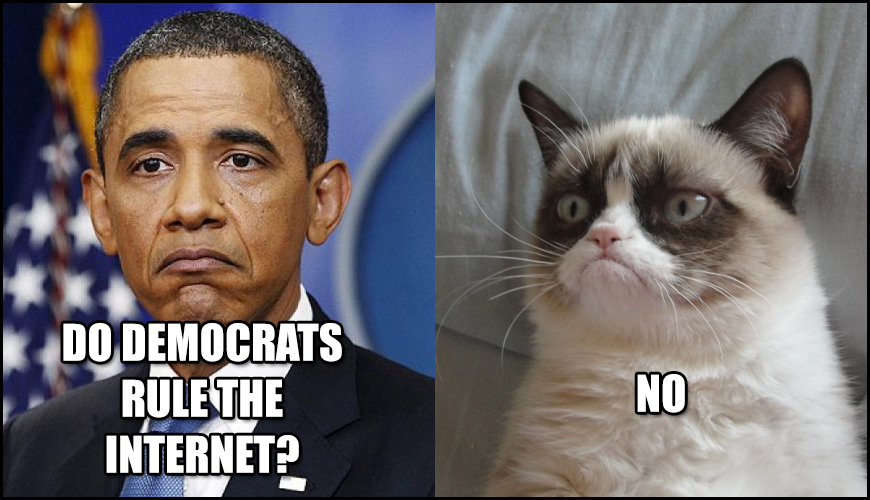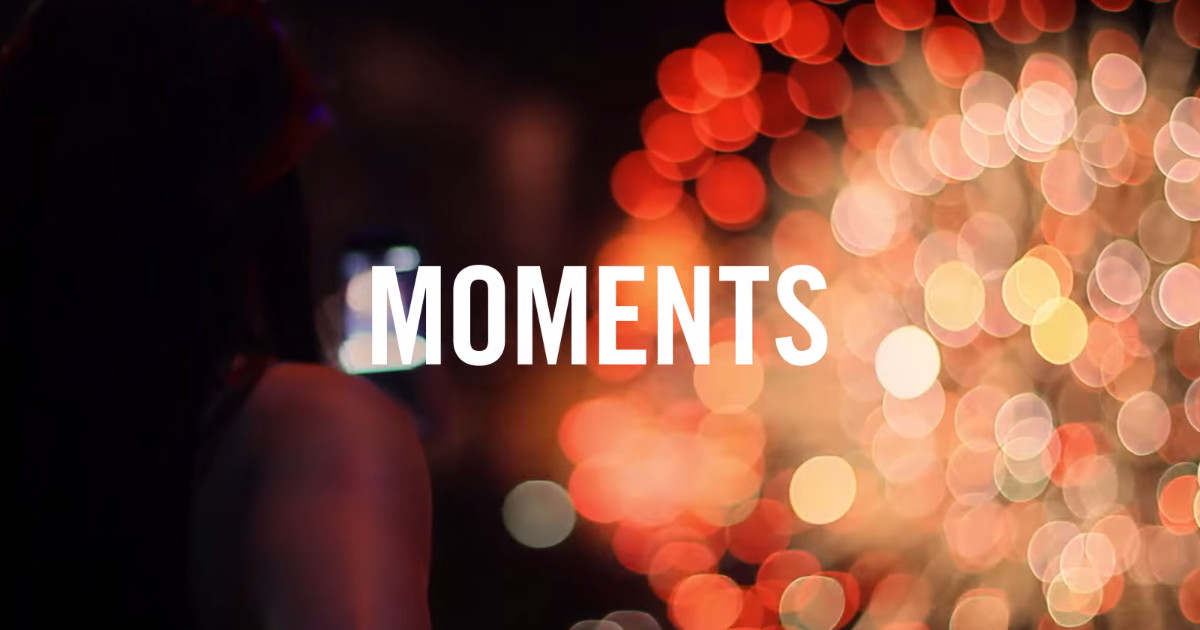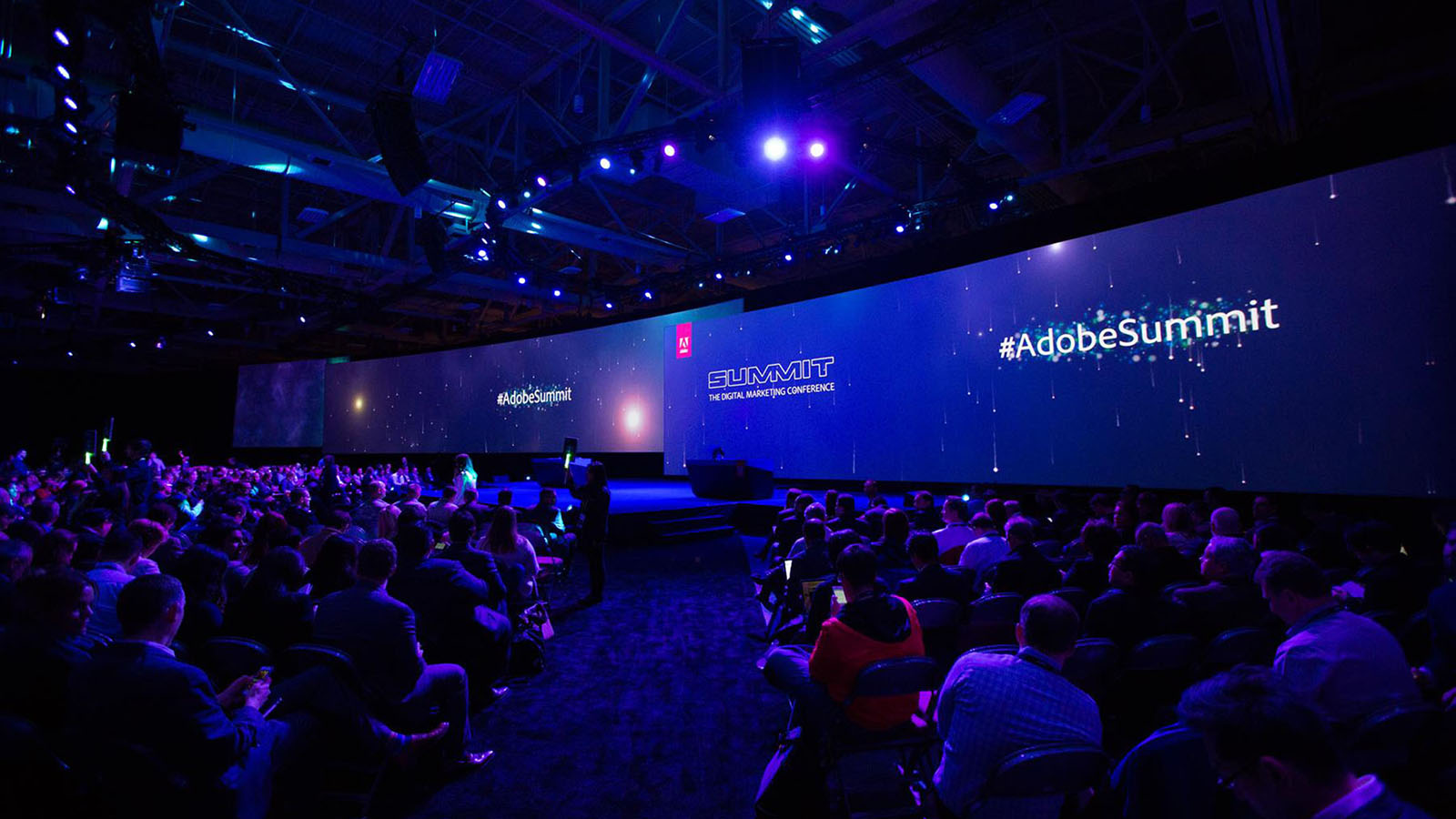Since the dawn of the internet, political websites have largely fallen into two categories: boring and cringeworthy. The NRCC hopes to change that.
After a protracted and public flailing of Republicans for their performance issues last fall, it appeared that the GOP could do nothing right, especially in the world of technology. But National Journal reports this morning that the NRCC is preparing to launch a massive overhaul of their website over the weekend that appears to break previous barriers.
“What do cat pictures and GIFs have to do with Republican politics? Not a whole lot, at least right now. But beginning next week, that’ll change.
“Staffers at the National Republican Congressional Committee are finishing up a site redesign that’ll likely be rolled out this weekend. The new NRCC.org does away with all the typical features of a political website, emulating instead the style of the Web juggernaut whose top headlines currently include ’10 Easter Bunnies Straight From Hell’ and ’14 Photos Of George W. Bush Touching Bald Men’s Heads.’
“Yes. They’re going to copy BuzzFeed.”
Focusing on remaking the website as a content engine of news and information about House races around the country, the new NRCC.org is embracing emerging digital trends to give them more of an impact. With all the news about what Republicans are doing wrong these days, here’s three things the NRCC is doing right.
1. Embracing Pop Culture
There’s a difference in recognizing pop culture and successfully being able to weave your narrative into it. Politicians are notorious for botching memes and trying to communicate as if they were their teenage grandchildren. The very thing that makes pop culture popular is the viral, grassroots nature of its origin. Consumers can smell a politician’s robotic attempt to hijack a trend from a mile away. It takes a deft touch to be effective at leveraging viral trends, but the NRCC is definitely in it for the win.
Bonus tip: What’s a “meme” anyway? Find out here.
2. Building a Brand Newsroom
The digital era has decimated the traditional news media. In the aftermath, companies are hiring reporters and setting up their own newsrooms. This allows them to connect with audiences directly. Most of the content is not promotional at all, but focused on adding value to target audiences. The Heritage Foundation, under the leadership of Rob Bluey, was a true pioneer in leveraging this trend in the political arena. With the new launch of NRCC.org, the committee is demonstrating they not only recognize this trend as well but are putting resources behind it.
The true value of a brand newsroom is its ability to communicate real news and stories that actually appeal to target audiences. It’s not a stylish web page for press releases. It’s an authentic vehicle for communicating valued stories. The NRCC is off and running, and hopefully their leadership will be emulated by other organizations.
3. Making Content Sharable
In today’s social media soaked culture, the value of content is not only in how many people read it, but how many people share it. There’s a different level of engagement between getting someone to skim your article and getting them to share it with others. By investing in quality content — National Journal says there are now 20 web writers at the NRCC — the committee is demonstrating they recognize the new standard of quality content: how many people will share it?
The NRCC also recognizes that content is more than just text. Words, video, images, interactive graphics, games and GIFs all can be woven together to build an engaging and share-worthy experience for the audience. It’s what Buzzfeed does so well, and it looks the NRCC is getting in the game as well.
Read more about the new NRCC.org here.
What Do You Think?
Is the NRCC doing it right? Will the NRSC and RNC respond by raising the bar even higher?




